Print’s not dead in the works of Beth Hoeckel.
The Austin-based artist weaves images sourced from vintage publications into dreamlike collages that, despite referencing decades past, feel very much relatable today. We caught up with Beth to learn more about her process, love of surrealism and how she decided to commit full-time to her art.
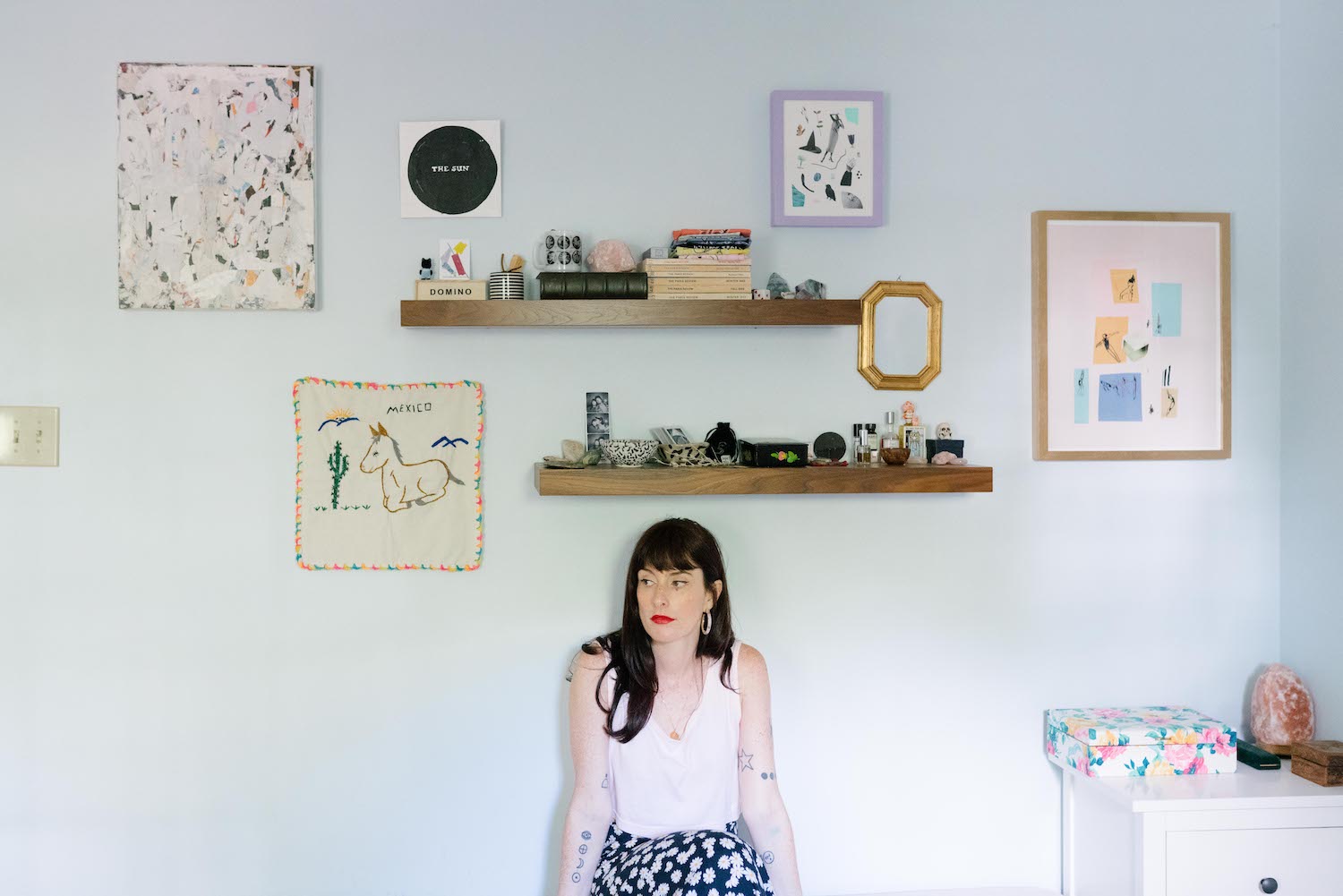
You studied painting, photography and printmaking at The School of the Art Institute of Chicago. How did you get started with collage and do those other mediums influence your current practice?
Screen printing is in a sense similar to collage. You basically make a print by layering different images and colors to create a whole. I’ve always loved to put images together like a puzzle. But collage isn’t a new thing for me at all—I have been collecting old books and papers for a long time. I started using a lot of collage elements like old scraps of paper and cut outs in my paintings and drawings while I was in high school. I was working on a lot of mixed media stuff then. Then later I became interested in screen printing because it is extremely two-dimensional and I liked the flatness of it. I like how a collage is flat and two-dimensional but the image can also have a lot of depth. l still also do painting and photography from time to time. I just keep all of them more separated now.
Tell us a bit about your process. How do you create your dreamlike collages?
I use all sorts of vintage publications ranging from the 1920’s to the 1970’s. In my earlier work, I’ve used a lot of imagery from National Geographic and other magazines that were super widely published. Now I try to really search and find more unique things, but it’s definitely more spontaneous. I love to mindlessly flip through pages and then tear out any page that I like or that speaks to me in some way. The next step is cutting out specific bits from those pages and then I scan them. I used to do everything totally analog, but now I am working on digitizing a lot of my materials and putting them on a hard drive so that everything can be portable. But basically I am extremely intuitive and so the whole process is informed by my subconscious. That includes knowing when a work is complete. It’s 100% based on feeling.
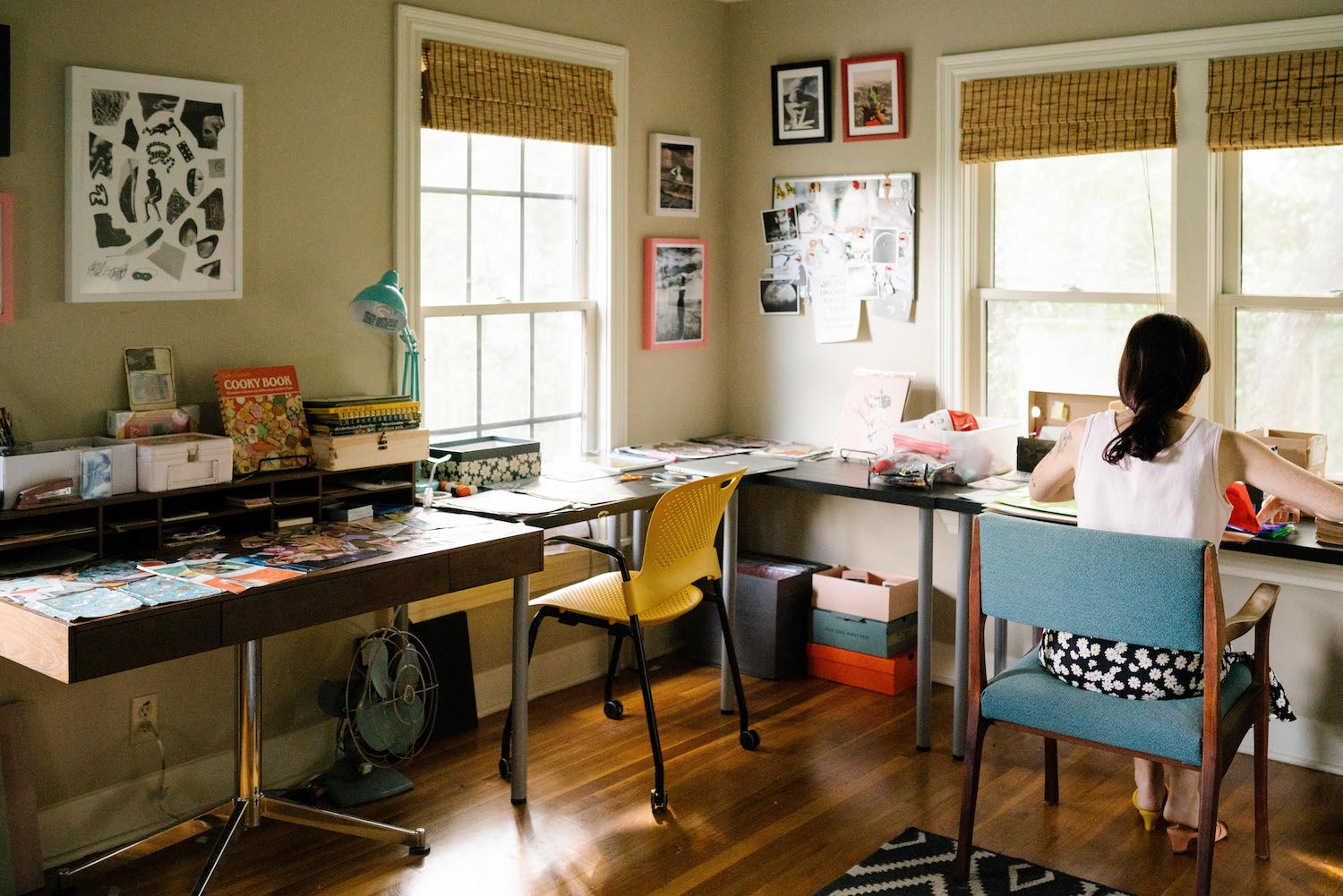
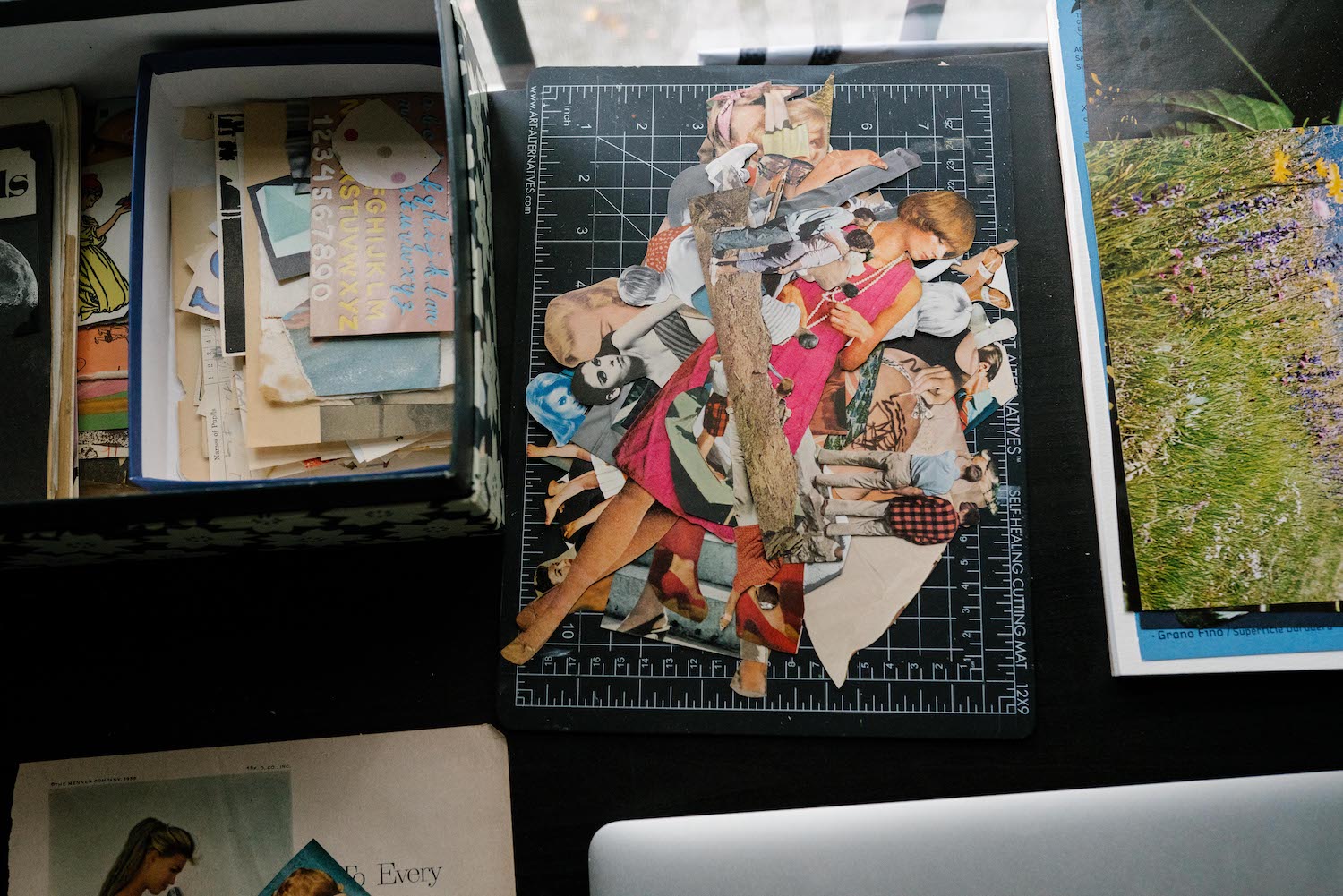
The people in your works are often anonymous– their faces are obscured, their backs are turned to us, and they’re so small in comparison to their natural surroundings. What themes or ideas do you touch on in your works?
I am constantly in awe of the grandeur of mother nature, our insignificance as individuals within the big picture, our place in the earth and the cosmos and the journey we are each on. Taking time to really stop and appreciate all the amazing things our natural surroundings have to offer us is really important to me. I try not to take it for granted at all. In fact, my personal life has been influenced by my work in some ways, in addition to the other way around. Some of my most memorable and inspirational moments have been spent by myself or with someone I love just being in nature, not necessarily doing anything in particular, just appreciating it. So I think my work reflects those mindsets.
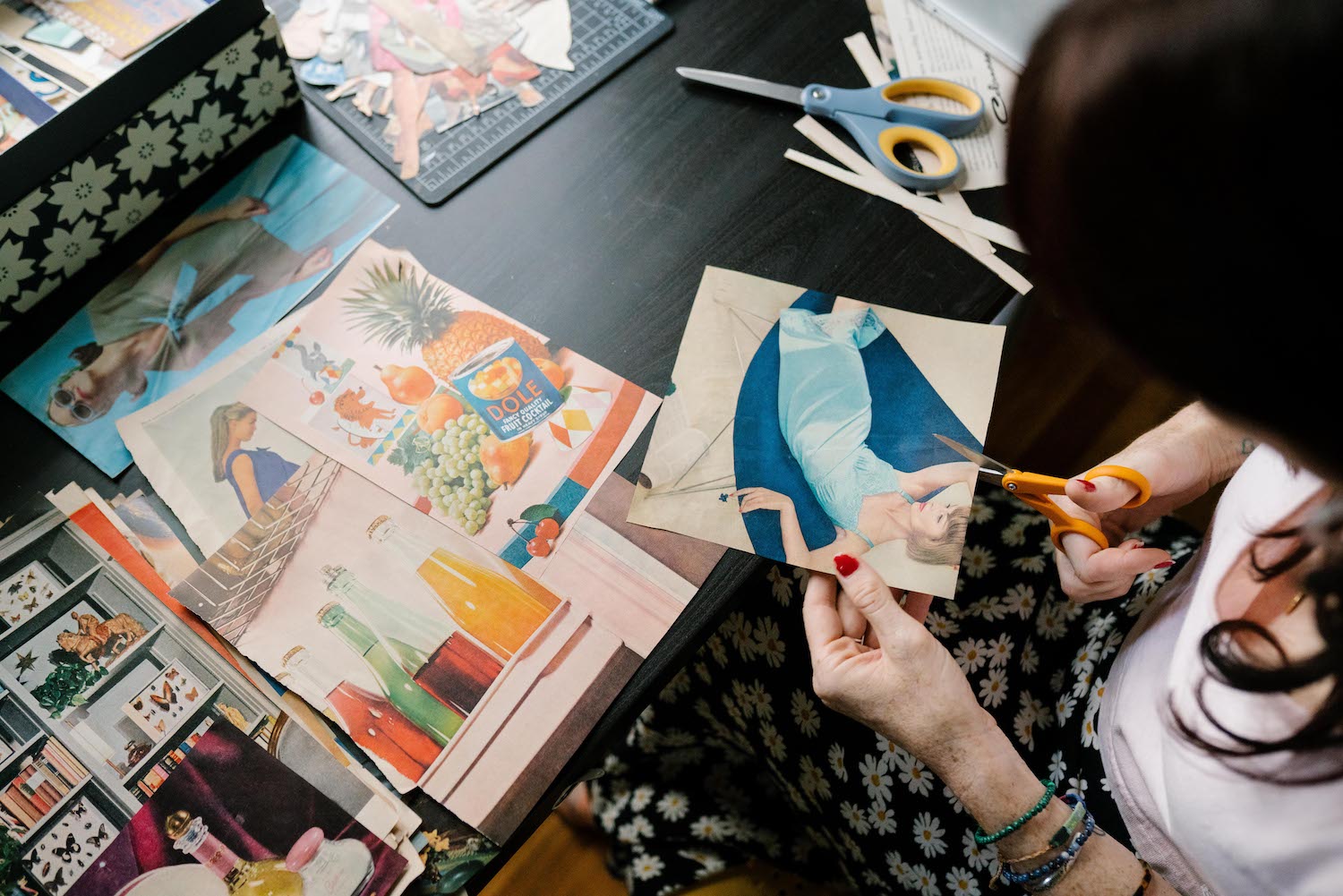

Your works have a very surrealist/dada feel. Are there any artists or aspects of these movements that are close to your heart?
Yes, both of those movements remind me of my days wandering around the Art Institute of Chicago when I was a student there. That museum has a lot of surrealist work and I always loved visiting the Joseph Cornell boxes (which are so much more special in person). I grew up in Baltimore which is in close proximity to DC and NYC, so I visited a lot of museums there too as an impressionable teenager. I was definitely fascinated by the modern and avant-garde art movements, abstract expressionists, minimalism, pop-art and surrealism/dada.
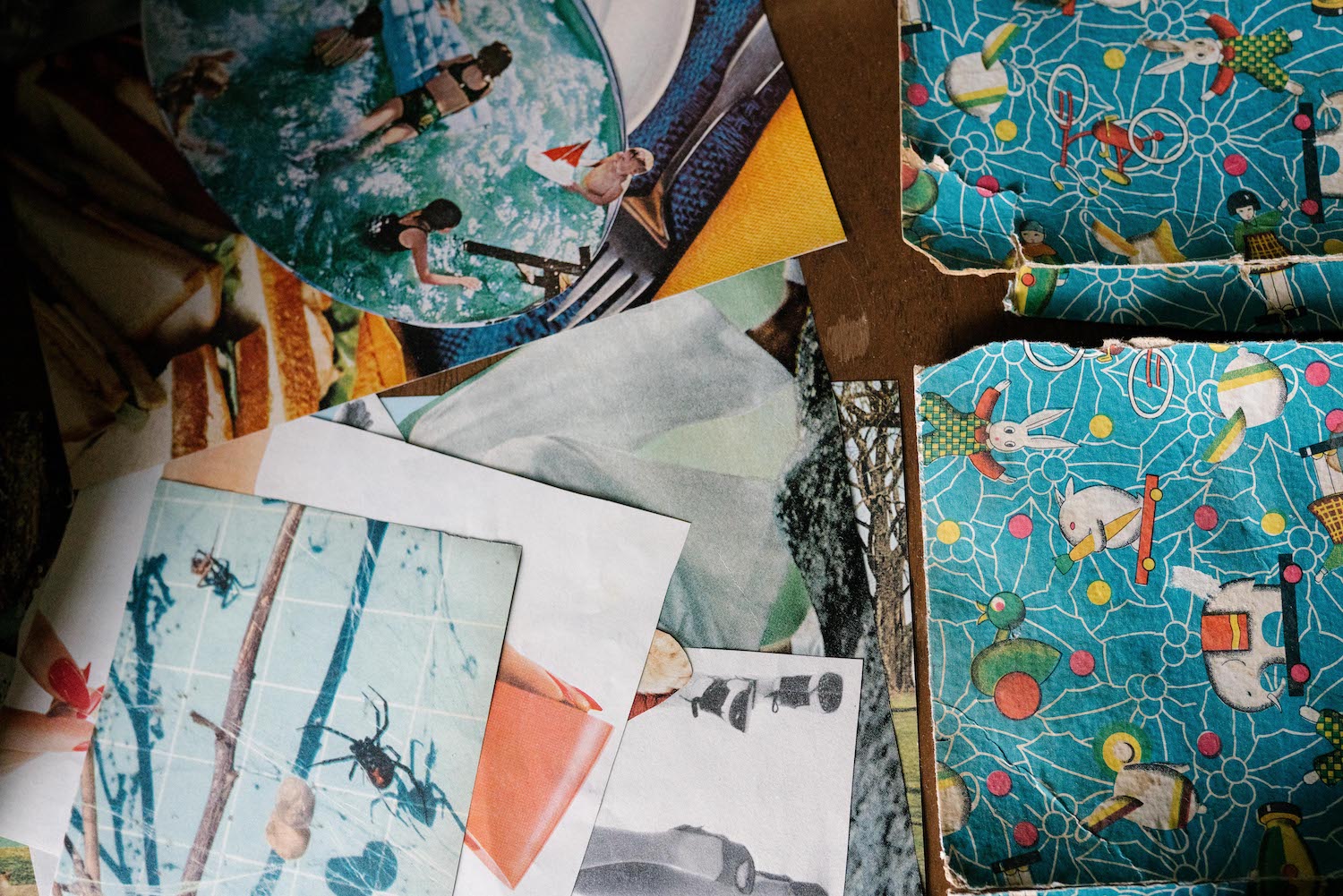
Your website bio says you create collage and mixed media art for “arts’ sake.” Tell us more about this mentality and why creating art is so important to you.
That was just a way to differentiate between working for clients and working for myself, which are two different practices. That’s not to say that commissions don’t make their way into my personal portfolio, which they sometimes do. They do inform each other of course, and I learn a lot from creating commissioned work based on articles/journalism. But I am not just a professional, I am also still an artist who makes art for no particular reason besides self-expression. It can sometimes be hard to find time to make personal work but that is just part of the balance that has to happen for me.
You studied abroad in Japan and Greece, lived in New York and Los Angeles, and recently moved to Austin. How does your environment influence your practice?
It’s part of my free-spirited nature to be able to bounce around a lot. I think I am really sensitive to feeling stagnant so I am constantly seeking something new and fresh. I keep myself very open to change and new possibilities, and try to take advantage of these kind of opportunities as much as I can. For example, last summer I went back to Japan on a whim. I found a cheap ticket online and was on the plane three days later. It felt so great to be able to take control of my destiny and be super adventurous without overthinking it. Some might call that irresponsible, but I don’t see it that way. You only live once.
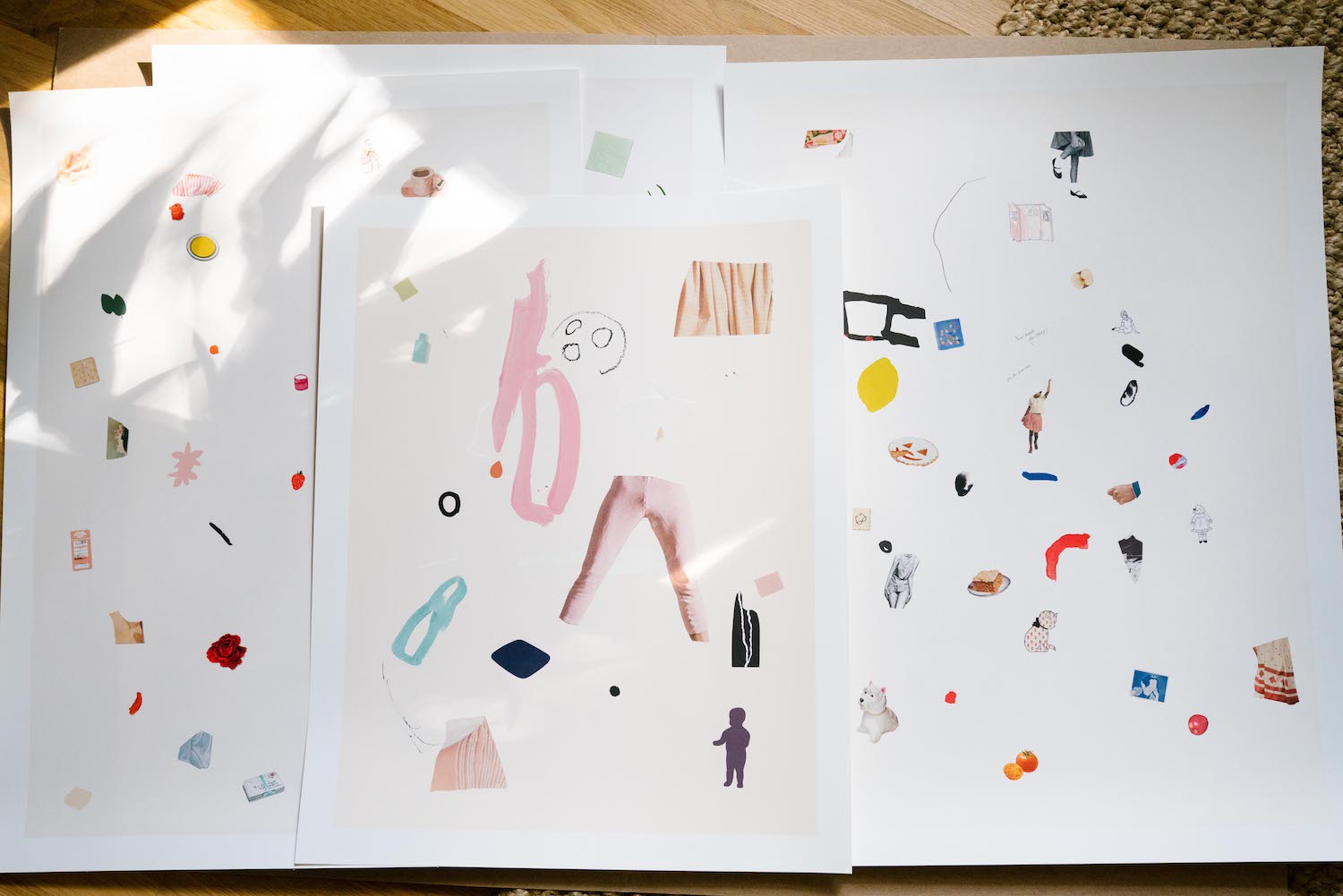
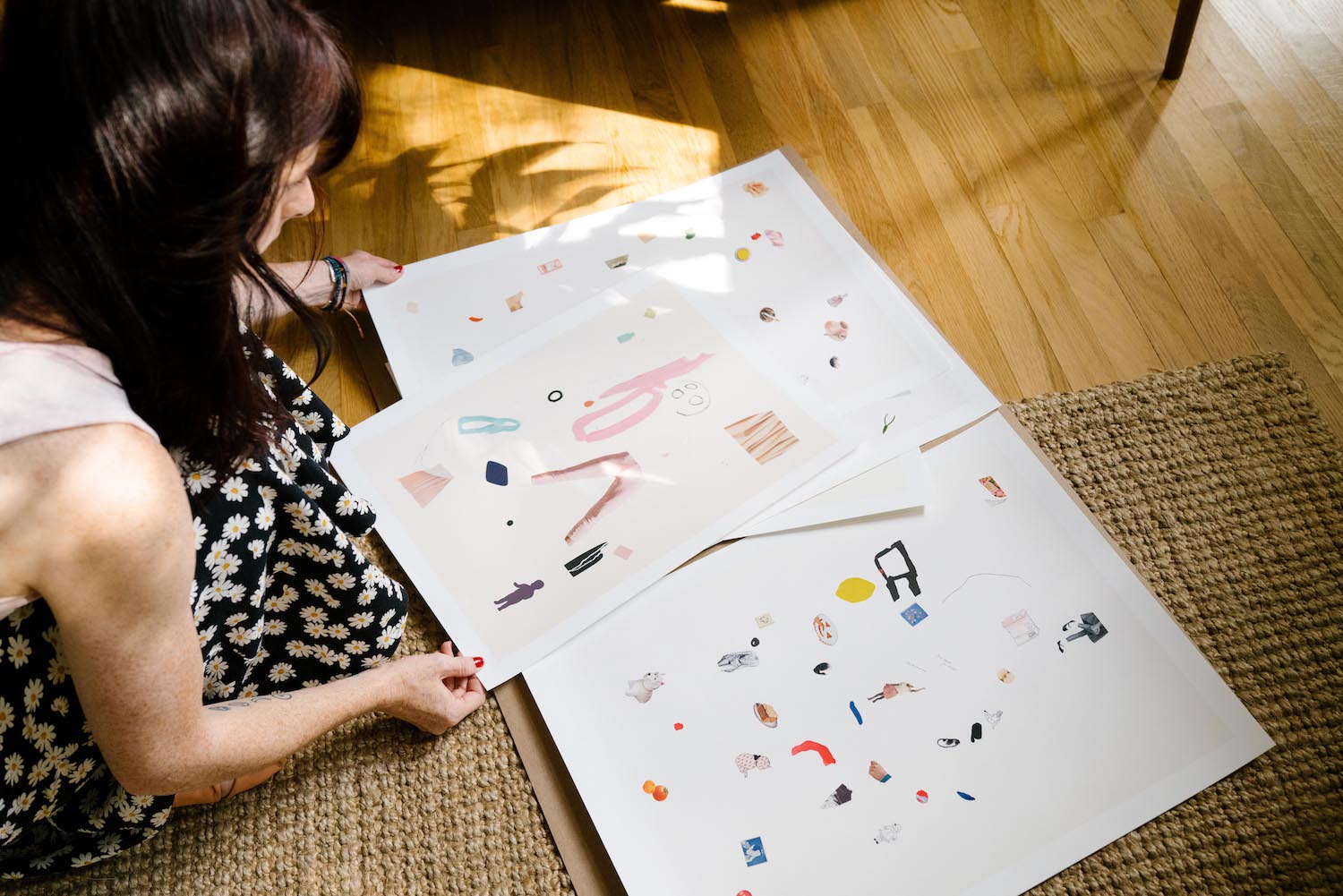
You have an impressive list of clients including Rookie, Domino, The New York Times and Vogue. How do these opportunities come about and how do you balance personal and commercial projects?
I have been lucky so far regarding clients seeking me out. I haven’t had an agent so I work directly with art directors and editors. When I first started I tried to really promote my work and get it out there in the world via the internet, and the rest fell into place from there. I think I got my first illustration job in 2011, and by 2013 I was quite busy with commissions. It kind of just snowballed. But I still usually manage to sneak in time to create personal work.
What’s the best piece of advice you’ve received as an artist?
I remember speaking to someone several years ago about how hard it is to be working multiple soul-sucking jobs and still find time to create art. They asked me in all seriousness, “Why don’t you just be an artist?” Sounds cocky, but it was kind of an awakening, like “Oh yeah, that may be rare but it is not actually impossible.” It just kind of flipped my perspective and sometimes it’s as simple as that. Seeing something in a new light. There’s nothing to it but to do it.
Photos by Chelsea Francis
Comments